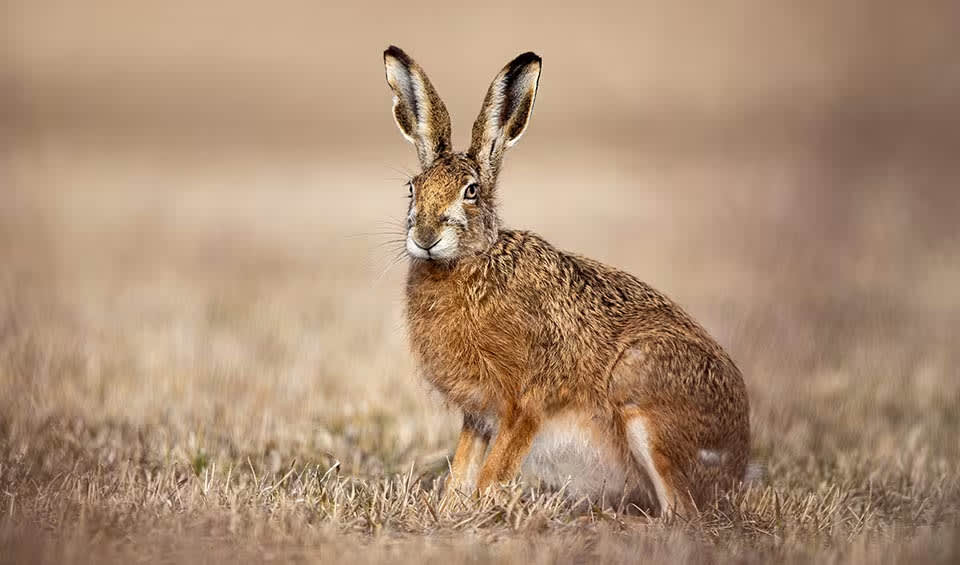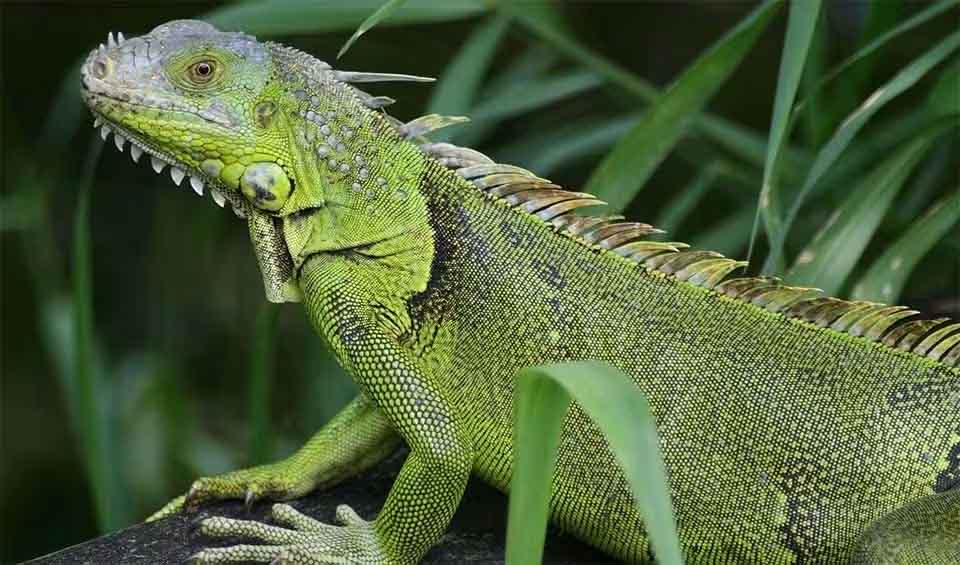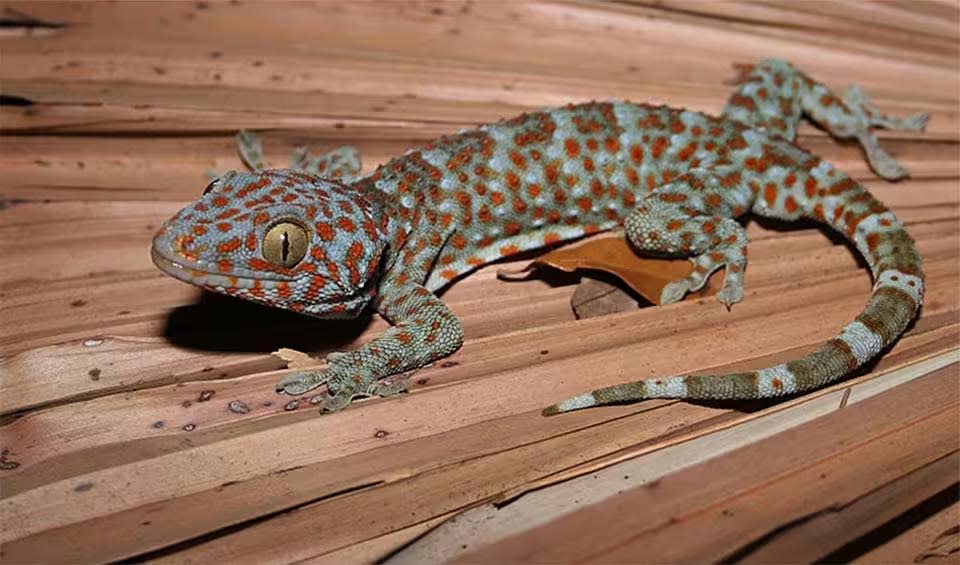A vibrant archipelago in the Caribbean renowned for its rich and diverse ecosystems that captivate nature enthusiasts and researchers alike. The islands encompass a variety of habitats, including lush tropical rainforests, extensive coral reefs, mangrove forests, and pristine beaches, each supporting a unique array of plant and animal species. Guadeloupe is home to over 2,500 plant species, many of which are endemic and found nowhere else in the world. The region boasts a remarkable diversity of wildlife, including numerous bird species, vibrant marine life like sea turtles and colorful tropical fish, and a variety of insects and reptiles adapted to the island’s environment.
Protected areas play a crucial role in preserving Guadeloupe’s natural heritage. The Guadeloupe National Park, established in 1989, and the surrounding marine reserves, including the Grand Cul-de-sac Marin, are designated as UNESCO biosphere reserves, highlighting their global significance. These protected zones not only conserve biodiversity but also support sustainable tourism, which is a key component of the local economy.
Four pillars elaborated:
Despite various challenges, there is a strong commitment to preserving Guadeloupe’s natural environments, which are valued for their unique vegetation and landscapes and are important for tourism. Certain areas are partially protected and designated as ZNIEFF, some even as nature reserves, while several caves provide habitats for protected bat species. The Guadalupe National Park was established on February 20, 1989, and in 1992, UNESCO designated the Guadeloupe Archipelago as a Biosphere Reserve. Land Management
Land Management
Subsequently, on December 8, 1993, the Grand Cul-de-sac marine site was recognized as a wetland of international importance, making Guadeloupe the overseas department with the highest number of protected areas.
In recent decades, Guadeloupe’s natural environments have been significantly impacted by hunting, fishing, deforestation, urban and suburban expansion, and the intensive cultivation of crops like bananas and sugar cane between 1955 and 1975. These activities have led to the degradation of seagrass beds and coral reefs by up to 50% around the main islands, the near disappearance of mangroves and mantids in areas such as Marie-Galante, Les Saintes, and La Désirade, and increased salinity in freshwater sources due to excessive use. Threats to Biodiversity
Threats to Biodiversity
Additionally, agricultural pollution from pesticides and nitrogen compounds has become a major issue. The 2018 ChlEauTerre study revealed that 37 different human-made chemicals, including residues from now-banned pesticides like chlordecone, were present in 79% of watersheds in Grande-Terre and 84% in Basse-Terre. Furthermore, a 2019 report by the Guadeloupe Water Office highlighted a widespread degradation of water bodies across the region.
The Guadeloupe Regional Council actively supports the protection of natural sites through strategic planning and financial contributions to programs aimed at safeguarding endangered species and raising awareness. Guided by its Regional Development Scheme (SAR), the council addresses four key challenges: promoting environmentally respectful development, implementing compensation measures to protect biodiversity from localized damage, expanding knowledge and recognition of biodiversity, and incorporating protection measures into Local Urbanism Plans (PLU). Capacity and Governance
Capacity and Governance
Operating within the 2011-2020 National Strategy for Biodiversity (SNB), the council launched the Regional Plan for Natural Resources and Biodiversity (SRPNB) in November 2013. This plan serves as a decision-making tool to outline the main strategies for preserving and enhancing Guadeloupe’s natural resources and biodiversity.
The Guadeloupe Regional Council is committed to promoting sustainable and balanced development across the region, addressing both the current needs of its population and environmental challenges. To enhance its effectiveness, the council established the Regional Observatory for Energy and Climate (OREC) on December 9, 2013, in partnership with ADEME, DEAL, Météo France, and EDF Archipel Guadeloupe. OREC provides local communities, businesses, and government departments with essential statistics and comprehensive analyses of climate and energy issues. Additionally, it assists decision-makers in advancing Guadeloupe’s energy and climate transition, with the goal of achieving energy self-sufficiency by 2050. Future Trends
Future Trends
Biodiversity
Guadeloupe is a gem of biodiversity in the Caribbean, boasting a rich array of ecosystems that include lush tropical rainforests, vibrant coral reefs, extensive mangrove forests, and pristine coastal wetlands. It supports a diverse range of wildlife, including more than 300 bird species, several endemic reptiles, and a myriad of marine life such as sea turtles, colorful tropical fish, and vibrant coral species. The region’s marine ecosystems are particularly noteworthy, featuring some of the most diverse coral reefs in the Caribbean, which provide critical habitats for numerous marine species.mammals
Pantropical spotted dolphin
A champion swimmer and a social butterfly of the warm seas
European hare
Unlike rabbits, they don’t live in burrows, instead, they make shallow nests in the grass called forms
Common bottlenose dolphin
Known for their acrobatic leaps, twisting and turning gracefully as they jump completely out of the water
birds
American flamingo
Famous for its habit of standing on one leg
Anhinga
Their neck vertebrae have a hinge mechanism that allows it to dart its long neck and pierce its prey quickly
Black-winged stilt
Elegant long-legged wader, common almost worldwide
reptiles
Loggerhead sea turtle
One of the largest and strongest sea turtles in the world
Green iguana
From the US down to Brazil, this trans-American lizard is the most common iguana
Tokay gecko
Its large eyes are equipped with highly sensitive retinas, which allow it to see in low light conditions
amphibians
Common toad
A warty amphibian with golden eyes
Cane toad
When a big one meets a smaller one, it’s lunch!
Mountain chicken
Forget feathered farmyard friends; this is a giant frog, and it’s not just big; it’s critically endangered
















